A plantar 3D scanner is an advanced measurement device capable of capturing the morphology and structure of the foot, particularly arch data, using precise three-dimensional imaging technology, thus assessing foot health.
This technology finds wide applications in medical diagnosis, rehabilitation therapy, footwear design, and manufacturing.
The following will delve into the working principles of a plantar 3D scanner, methods for measuring arch data, and its specific applications in evaluating foot health.
Working Principles of a Plantar 3D Scanner:
A plantar 3D scanner typically consists of multiple high-resolution cameras or laser scanners that capture the foot from various angles, generating a three-dimensional image of the foot. The main steps involved are as follows:
Data Acquisition: Users place their feet on the scanner's measurement platform, where cameras or laser scanners simultaneously capture data from multiple angles, obtaining comprehensive foot data.
Data Processing: Captured image data undergo computer processing to generate a three-dimensional model of the foot, including its length, width, height, and specific arch morphology.
Analysis and Evaluation: Specialized software analyzes the three-dimensional model, extracting key data such as arch height, arch angle, and generating detailed reports.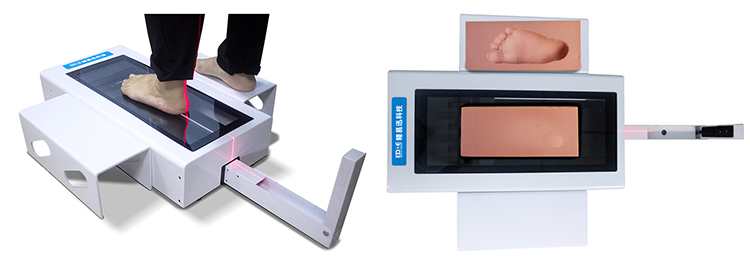
Methods for Measuring Arch Data:
A plantar 3D scanner can accurately measure arch height, shape, and structure. The specific steps are as follows:
Arch Height: By analyzing the three-dimensional model of the foot, the vertical distance between the highest point (the apex of the arch) and the lowest point (the heel or forefoot) of the foot is measured to determine arch height.
Arch Angle: The angle between arch height and foot length is calculated to assess the curvature of the arch. The normal arch angle typically ranges from 15 to 18 degrees.
Arch Morphology: Analysis of arch morphology features such as length, width, and curvature assists in determining whether the arch is normal or presents abnormalities.
Applications of Plantar 3D Scanners in Evaluating Foot Health:
1. Diagnosis of Flat Feet and High Arches:
Flat feet and high arches are common foot issues, and 3D scanners can aid in diagnosing both conditions by accurately measuring arch data.
Flat Feet: Patients with flat feet exhibit significantly lower arch height than normal, which can be precisely measured by a 3D scanner, confirming the diagnosis through arch morphology analysis.
High Arches: Patients with high arches have arch height higher than normal, and the scanner can capture this abnormal height accurately, providing detailed arch morphology data to assist in diagnosis and treatment.
2. Foot Pressure Analysis:
While primarily measuring foot morphology, plantar 3D scanners can also be combined with pressure distribution systems to analyze foot pressure distribution. By comparing foot morphology with pressure data, physicians can comprehensively assess foot health and devise more effective treatment plans.
3. Custom Orthotic Insoles and Footwear Products:
Based on foot data obtained from 3D scanners, physicians or footwear designers can customize corrective orthotic insoles and footwear products tailored to the patient's foot morphology.
These customized products can offer better support and pressure relief, improving foot health and alleviating discomfort and pain caused by foot problems.
4. Foot Health Monitoring:
For patients requiring long-term foot health monitoring, such as diabetic patients, 3D scanners can record foot morphology changes regularly to detect potential issues promptly.
Through regular scanning, physicians can track changes in foot health status and adjust treatment plans timely, preventing the occurrence of severe complications.
5. Athlete Foot Assessment:
Foot health is crucial for athletes' performance. 3D scanners can assist athletes and coaches in analyzing foot morphology, identifying potential structural issues, and optimizing training and equipment selection to reduce the risk of sports injuries.
Plantar 3D scanners, as highly accurate measurement devices, have wide applications in evaluating foot health.
By precisely measuring arch height, angle, and morphology, 3D scanners can aid in diagnosing and treating common foot conditions such as flat feet, high arches, and providing personalized corrective footwear products, monitoring foot health changes, and offering scientific foot assessments for athletes.
With ongoing technological advancements, plantar 3D scanners will play an increasingly important role in foot health management and treatment, providing scientific and effective assistance to more patients.

 +86-0755-86131192
+86-0755-86131192 2024-05-16
2024-05-16 Back to list
Back to list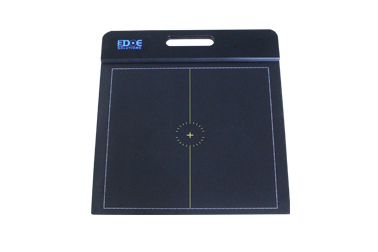
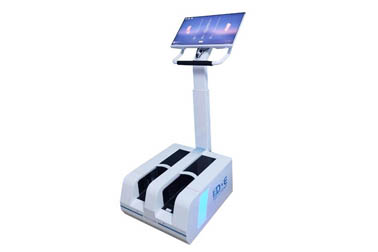
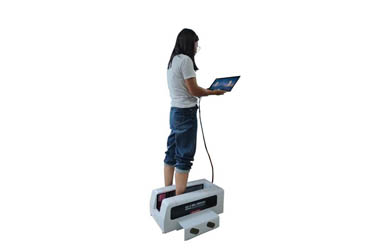
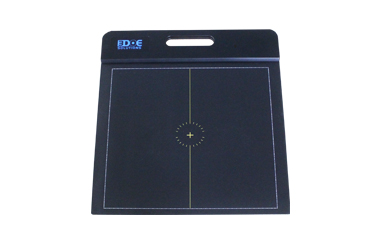

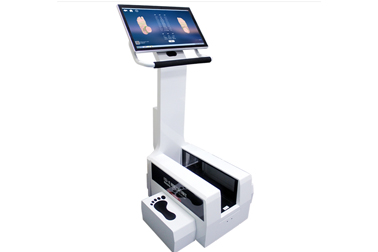



 +86-0755-86131192
+86-0755-86131192